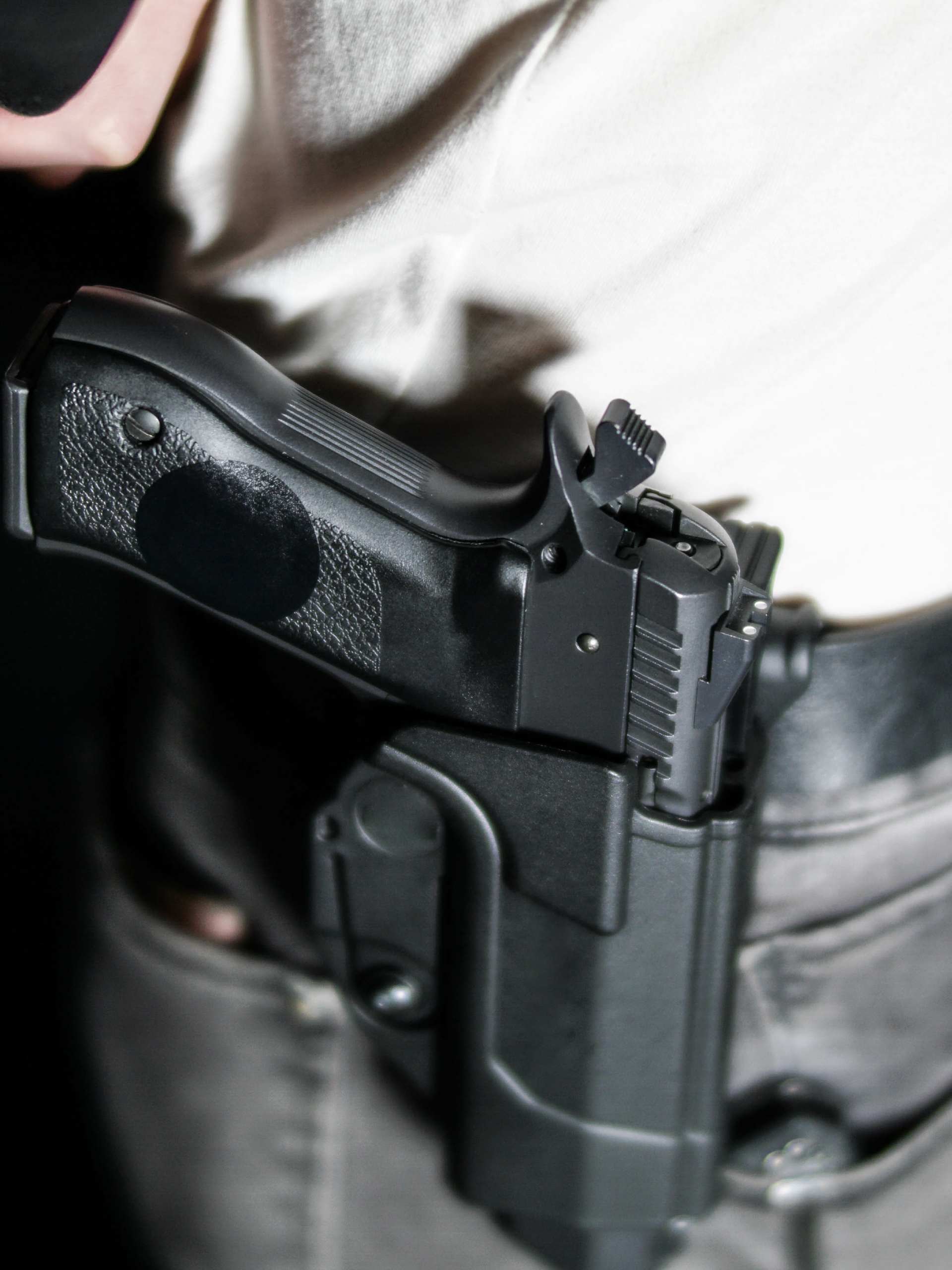One aspect of firearm ownership that owners cannot overlook is the finish. Not only does it contribute to the weapon’s aesthetic appeal, but it also plays a crucial role in maintenance and durability.
Whether you’re a hunter or an avid collector of firearms, it’s useful to thoroughly understand the most common gun finishes and what they each offer to the user. Below, we’ll explain what you need to know about the most popular firearm finishes, including blued, Parkerized, and Cerakote finishes.
Blued Finish
Bluing is a traditional firearm finish that oxidizes the metal surface to create an attractive, protective blue-black appearance that’s cherished by collectors for its classic look. While it offers moderate rust resistance, regular maintenance is essential to preserve its protective qualities, as the finish can wear off with heavy use, especially in high-friction areas.
The bluing process involves immersing parts in a potassium nitrate, sodium hydroxide, and water solution, forming a magnetite layer that provides some moisture protection. Despite its aesthetic appeal, firearms with blued finishes require frequent oiling to maintain their integrity and prevent rusting.
Parkerized Finish
Parkerizing, or phosphating, is a popular finish for military and tactical firearms thanks to its excellent corrosion resistance and durability. Developed during World War II, this process involves immersing firearm parts in a phosphoric acid solution with dissolved zinc or manganese, creating a matte, non-reflective coating of insoluble phosphate crystals that acts as a barrier against rust. While the finish is highly durable and performs well in harsh conditions, its matte appearance and slight roughness may not appeal to everyone.
Cerakote Finish
Cerakote is a popular ceramic-based coating for firearms. One of the premier benefits of Cerakote finishing is superior protection against corrosion, wear, and chemicals, making it ideal for firearms used in extreme conditions.
The process involves applying a thin layer of Cerakote and then baking it to create a hard, durable finish that’s resistant to abrasion and rust. While its durability is a significant advantage, allowing for heavy use without compromise, the application process requires specialized equipment and expertise, which can increase costs.
Anodized Finish
Anodizing is a popular finish for aluminum firearms and components, involving an electrochemical process that converts the aluminum surface into a durable, corrosion-resistant oxide layer. This process entails immersing the aluminum parts in an electrolytic solution and passing an electric current, leading to the formation of a thick layer of aluminum oxide that’s resistant to wear and corrosion.
One key advantage of this finish is its durability, as the oxide layer is significantly harder than aluminum, providing excellent wear resistance and protection against corrosion. Anodizing also allows for a variety of colors for customization; however, it is limited to aluminum parts and can be susceptible to scratching without proper maintenance.
Conclusion
These are the key things to know about the most popular firearm finishes. Choosing the right finish for your firearm is crucial, as it affects performance, durability, and appearance.
Consider the conditions and application of your firearm and research the qualities of each to understand which is ideal for your firearm. For gun collectors, selecting the right finish enhances both functionality and aesthetics, whether they’re preserving a cherished heirloom or customizing a new addition to their collection.
Casey Cartwright
Latest posts by Casey Cartwright (see all)
- Modern Gear You Should Have for Your Next Camping Trip – May 9, 2025
- What To Know About Ground-Up Range Construction – May 9, 2025
- 5 Safe Places To Park Your Car for an Overnight Hunting Trip – May 8, 2025

Leave a Reply